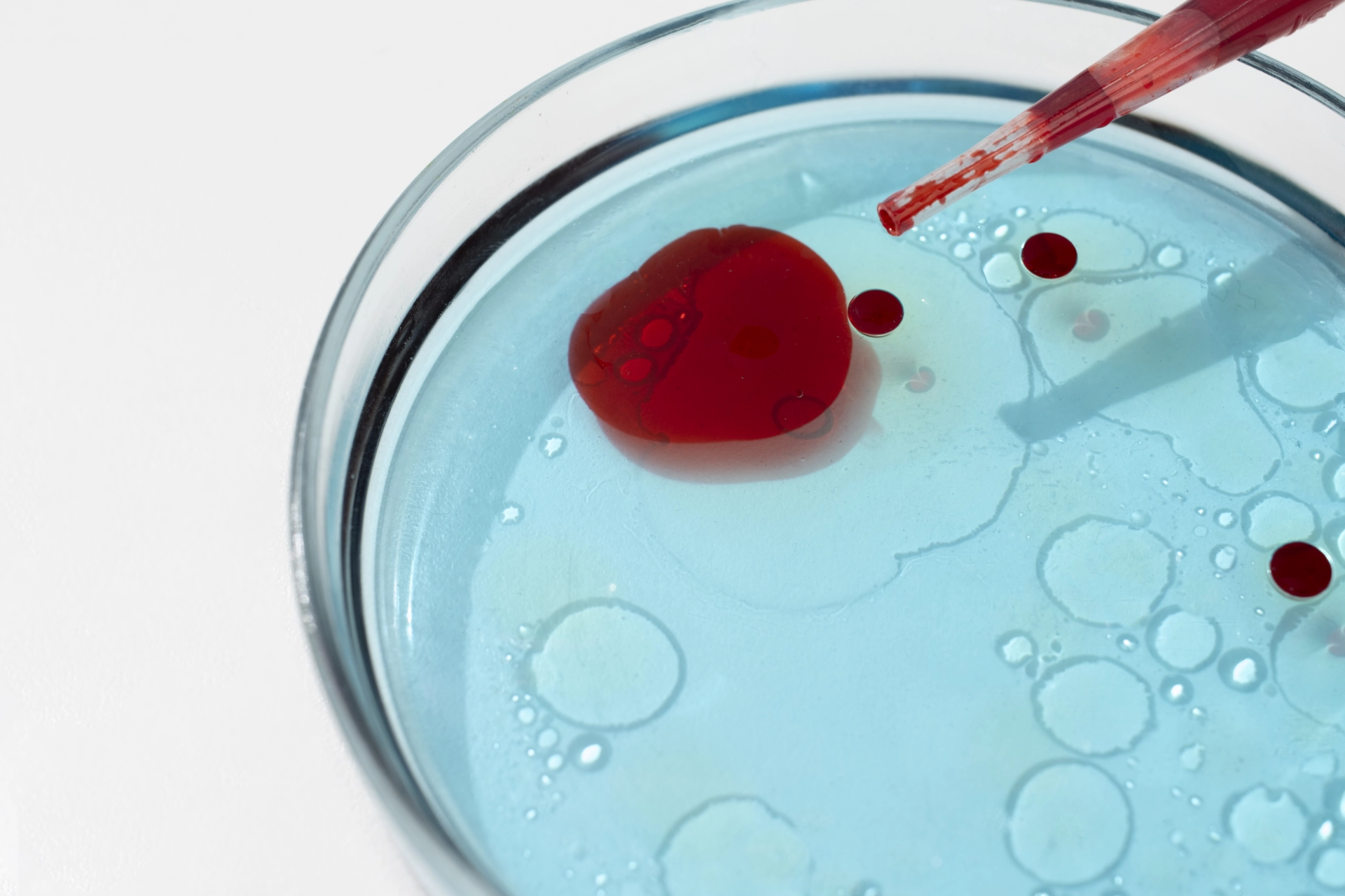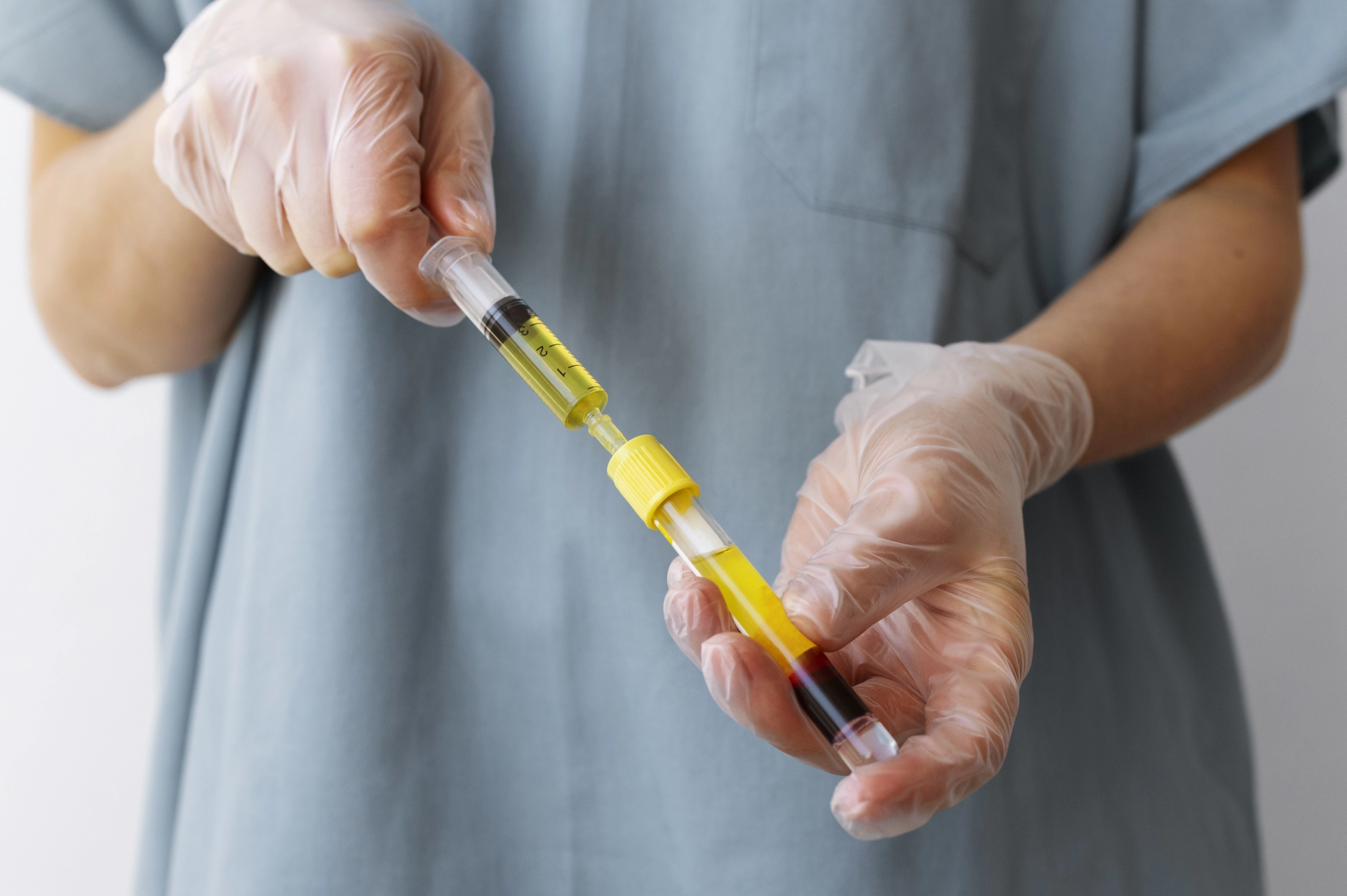Myocardial infarction (MI) is ischemic necrosis of the heart muscle caused by an acute disruption of its blood supply. It is one of the most dangerous cardiovascular diseases and remains one of the leading causes of death worldwide.
According to statistics, most cases occur in individuals aged 45–65. Men tend to develop the disease at a younger age than women. In recent years, due to preventive measures in developed countries, the incidence of infarction has somewhat decreased, but it remains a major global health problem.
Etiology and Risk Factors
The main cause of myocardial infarction is atherosclerotic damage to the coronary arteries. After rupture of an atherosclerotic plaque, a thrombus forms, blocking the artery and leading to myocardial ischemia.
The main risk factors are:
• High blood pressure.
• High cholesterol or lipid disorders.
• Diabetes mellitus.
• Smoking.
• Overweight and physical inactivity.
• Age, especially over 50.
• Stress and unhealthy lifestyle.
Clinical Picture
1. The main symptom of MI is a compressive, burning, or pressing chest pain lasting more than 20 minutes.
2. The pain may radiate to the left arm, neck, lower jaw, or back.
3. It is often accompanied by cold sweats, weakness, shortness of breath, and nausea.
4. In elderly patients and those with diabetes, pain may be mild or absent.
Classification
Myocardial infarction is classified according to several principles.
1. Based on ECG findings:
• ST-segment elevation MI (STEMI).
• Non-ST-segment elevation MI (NSTEMI).
2. Based on localization:
• Anterior wall infarction.
• Posterior wall infarction.
• Lateral, inferior, or extensive infarction.
3. Based on stages:
• Early stage — first 24 hours.
• Acute stage — up to 7 days.
• Subacute stage — up to 4 weeks.
• Chronic stage — formation of myocardial scar.
Diagnosis
1. Diagnosis is based on three main criteria:
• Typical clinical symptoms.
• ECG changes — ST-segment elevation or depression, Q-wave formation.
• Elevated biochemical markers of myocardial injury (Troponin I/T, CK-MB).
2. Echocardiography helps detect areas of segmental hypokinesia or akinesia.
Complications
The complications of acute myocardial infarction are divided into early and late stages.
Early Complications (from the first hours to the first days)
1. Arrhythmias:
• Ventricular tachycardia or fibrillation.
• Atrioventricular block.
• Sinus bradycardia or tachycardia.
2. Heart failure:
• Acute left ventricular failure.
• Pulmonary edema.
3. Cardiogenic shock.
4. Myocardial rupture (often on the 3rd–5th day):
• Free wall rupture leading to cardiac tamponade.
• Ventricular septal rupture.
• Papillary muscle rupture leading to acute mitral insufficiency.
5. Early fibrinous pericarditis.
Late Complications (weeks to months)
1. Myocardial aneurysm, acute or chronic.
2. Impaired ejection of blood from the heart.
3. Thrombosis in the aneurysmal cavity.
4. Thromboembolic complications — cerebral stroke or pulmonary embolism.
5. Late pericarditis (Dressler’s syndrome) of autoimmune origin.
6. Chronic heart failure.
7. Recurrent infarction or ischemic attacks.
Treatment
The main goal of treatment is to restore coronary blood flow as quickly as possible to prevent myocardial damage. Coronary angiography is considered the “gold standard” because it identifies the occlusion site and allows restoration of circulation. Thrombolysis is most effective during the first hours after onset, while percutaneous coronary intervention (PCI, stenting) is the preferred method. If PCI is not possible, coronary artery bypass grafting (CABG) is performed.
Additional medications are used, including morphine for pain relief, antiplatelet therapy with aspirin and P2Y12 inhibitors, heparin for anticoagulation, as well as beta-blockers and ACE inhibitors to reduce cardiac workload. This comprehensive approach lowers the risk of complications and improves recovery outcomes.
Prevention
Secondary prevention is essential after myocardial infarction to reduce the risk of recurrence and complications. Patients should remain under regular cardiologist supervision, with strict control of blood pressure, glucose, and lipid levels. Cardiac rehabilitation exercises play an important role in restoring cardiac function. Prescribed medications must be taken consistently and according to medical recommendations.






